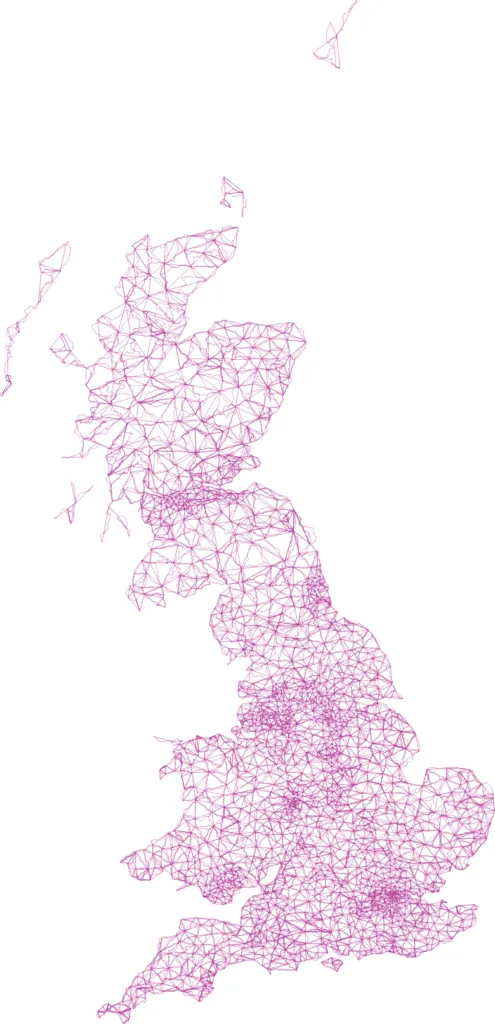
Map shows all the walking routes that connect Britain’s towns, cities
This time last year, geographer and explorer Dan Raven-Ellison called out for 100 volunteers to join him for a hack day at the Geovation Hub in London and create a network of 1,000 walking routes that connect Great Britain’s towns and cities. The ‘Slow Ways’ hack day was such a success that Raven-Ellison started planning 10 more hack days in different regions of the UK.
And that’s when COVID-19 hit, sending the nation under a lockdown. “I didn’t want the project to falter, but lockdown had led to thousands of people who loved to get outside being stuck indoors,” Raven-Ellison explains. It was time to pivot.
The former geography teacher and Ordnance Survey Get Outside Champion soon realized that rather than being done in person as part of a hack day, the Slow Ways project could instead be completed online as a citizen geography endeavor. All that was needed was OS Maps, Google Docs, Skype, and Zoom.
And sure enough, two months later, the first draft of the Slow Ways project saw 700 volunteers mapping over 7,000 routes that linked together not just the UK’s towns and the cities, but also thousands of villages. Today, 7,500 Slow Ways walking routes have been identified, stretching for over 110,000 km! Take a look:
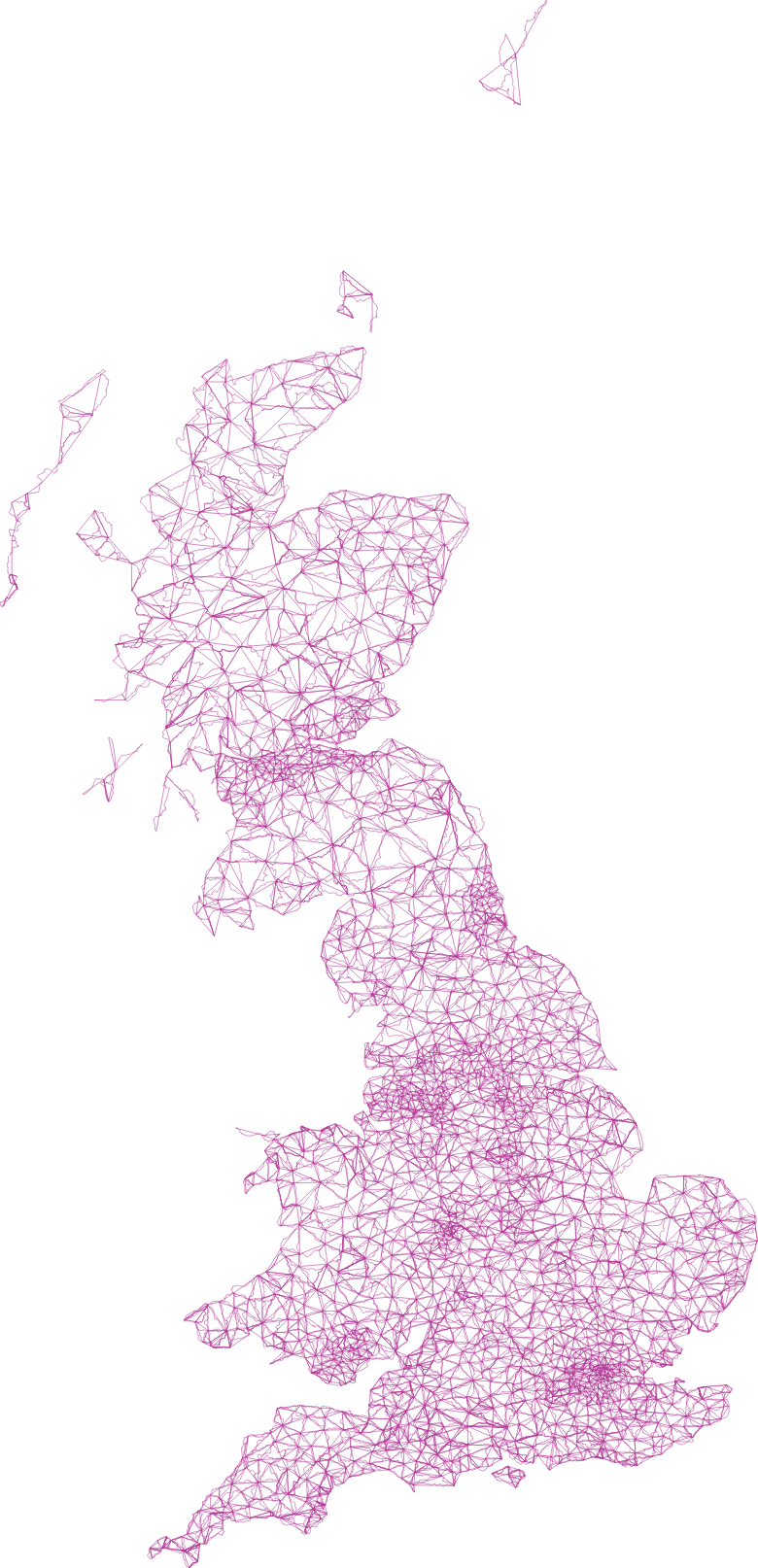
Now, the team is busy putting together a website that would host all the routes. Raven-Ellison hopes that Slow Ways will make it easier for people to see, imagine, plan, share, and enjoy journeys on foot – and, in the process, help tackle the climate and ecological emergencies too. “We need solutions to the economic, health, ecological, and climate crises. Walking between places can not only improve our health, wellbeing, environment, and finances on a personal level, it can improve them on a societal level too.”
All Slow Ways walking routes are drafted, tested, reviewed, and verified by volunteers. And considering that 1 million people live within just 500 meters of a Slow Way, the team is excited to see how people use them to see family, meet friends, get to work, or go on adventures.
“We’re now looking for 10,000 people from across Great Britain to help walk, test, record and review all of the routes that have been drafted. In some cases, we’ll need to design new routes too,” says Raven-Ellison. If you’re up for helping, click here.







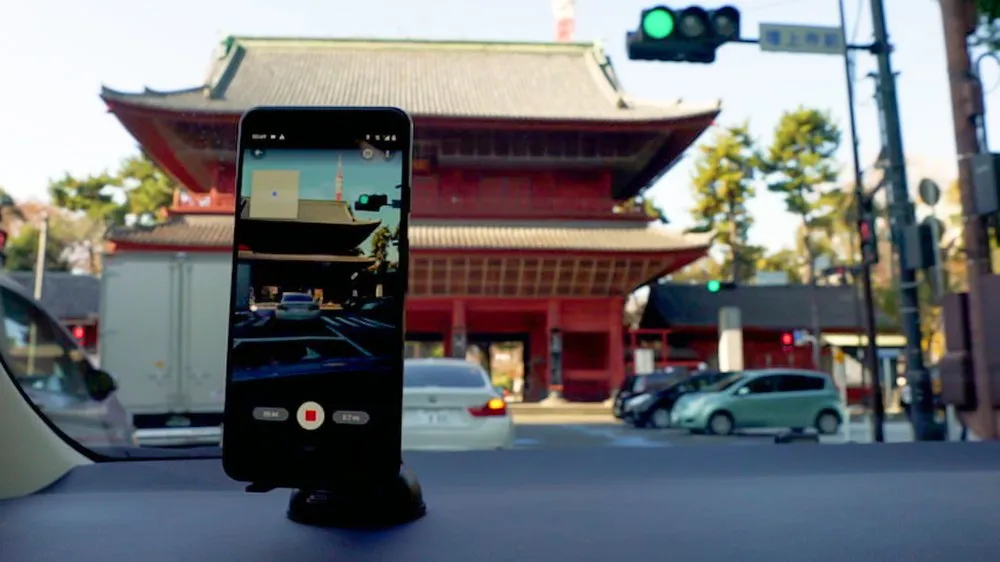
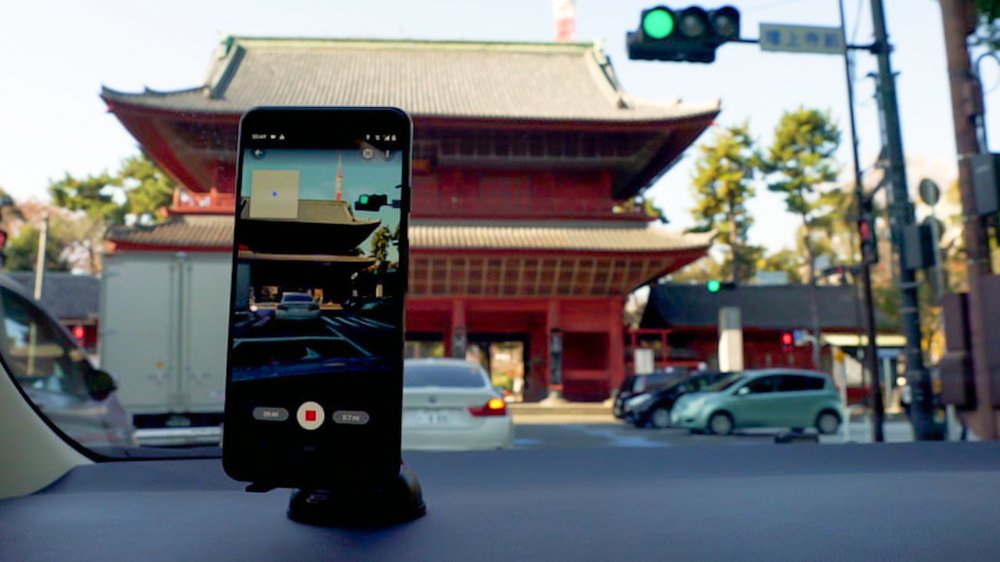
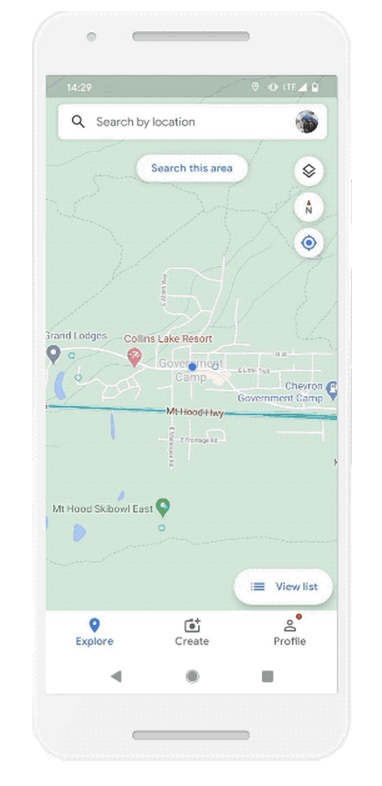 But now, anyone with an ARCore compatible smartphone can create their own connected Street View photos and help Google to fill in the gaps on Maps much more rapidly. Here’s how:
But now, anyone with an ARCore compatible smartphone can create their own connected Street View photos and help Google to fill in the gaps on Maps much more rapidly. Here’s how: